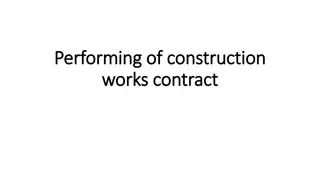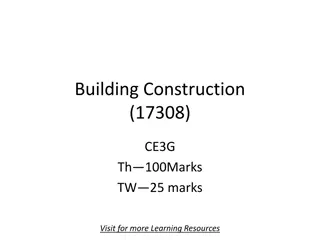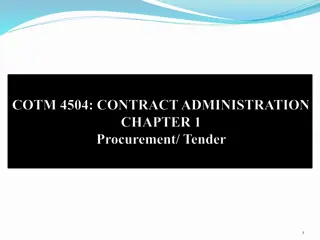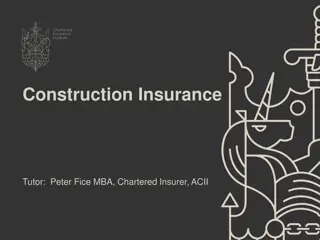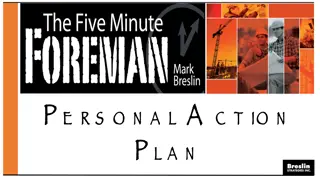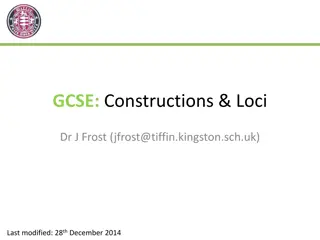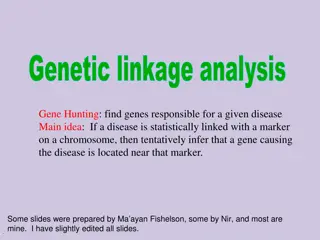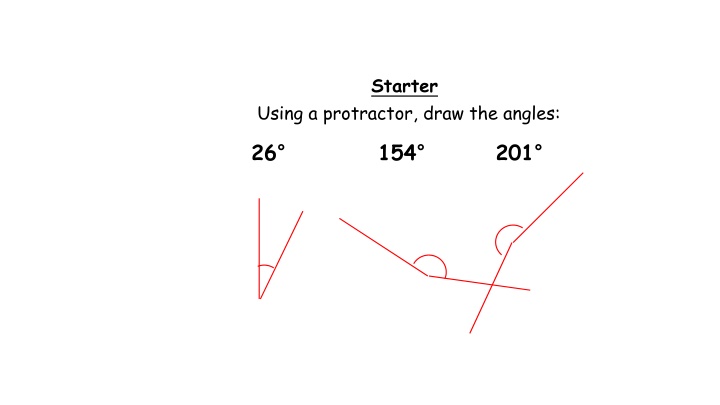
Geometric Construction Techniques and Loci Overview
Explore various geometric construction activities such as angle drawing, triangle construction, quadrilateral construction, and circle construction. Understand the concept of loci and how they define specific paths based on given instructions. Enhance your knowledge of geometry in a practical and engaging manner.
Download Presentation

Please find below an Image/Link to download the presentation.
The content on the website is provided AS IS for your information and personal use only. It may not be sold, licensed, or shared on other websites without obtaining consent from the author. If you encounter any issues during the download, it is possible that the publisher has removed the file from their server.
You are allowed to download the files provided on this website for personal or commercial use, subject to the condition that they are used lawfully. All files are the property of their respective owners.
The content on the website is provided AS IS for your information and personal use only. It may not be sold, licensed, or shared on other websites without obtaining consent from the author.
E N D
Presentation Transcript
Starter Using a protractor, draw the angles: 26 154 201
Construct a triangle PQR with lines PQ = 8cm, QR = 5cm and PQR = 40 R 5cm . 40 P Q 8cm Draw an 8cm line and label the ends P and Q. This is the line PQ. Place the centre of the protractor on Q with the 0 line pointing to P. Measure a 40 angle clockwise from 0 . Mark it with a dot. Draw a 5cm line from Q through the dot. Label the end of this line R. Join up P and R to complete the triangle.
Construct a triangle PQR with lines PQ = 8cm, PQR = 40 and RPQ = 30 R . . 30 40 P Q 8cm Draw an 8cm line and label the ends P and Q. This is the line PQ. Place the centre of the protractor on Q with the 0 line pointing to P. Measure a 40 angle clockwise from 0 . Mark it with a dot. Draw a line from Q through the dot. Place the centre of the protractor on P with the 0 line pointing to Q. Measure a 30 angle anticlockwise from 0 . Complete as with other angle. Point R is where the two lines meet.
Construct a triangle ABC with side lengths AB = 9cm, AC = 5cm and BC = 7cm. C 7cm 5cm A B 9cm Draw a 9cm line and label the ends A and B. This is the line AB. Set your compasses to 5cm and with the point on A draw an arc. Set your compasses to 7cm and with the point on B draw an arc. Label this point C and join A to C then B to C to get the lines AC and BC.
Plenary Accurately construct the quadrilateral using the given information 5cm 100 120 2cm 6cm How long is the top side of the quadrilateral?
Starter A Draw a circle and mark a point A on its circumference. A B Keep the compasses set at the size of the radius, and from point A draw an arc that cuts the circle at point B. A B Repeat the process until six point are marked on the circumference. Join the points to make a regular hexagon.
Loci Loci is the plural of Locus . A Locus is the path you would follow if you were given certain instructions. Eg. You must walk so that you are always 5 metres inside the fence surrounding the school fields. Where must you walk? Eg. A goat is tethered to a rope that is 4 metres long. Show the region the goat can reach.
Loci There are only FOUR loci. (1) A fixed distance from a fixed point. (2) A fixed distance from a fixed line. (3) The same distance from two fixed points. (4) Lets look at the four loci individually The same distance from two fixed lines.
A fixed distance from a fixed point r We end up with a circle of radius r
A fixed distance from a fixed line We end up with parallel lines. But what about at the ends?
The same distance from two fixed points Step 1 Open a pair of compasses to a distance that is slightly greater than half the distance between the points. From one point draw two arcs, one above the points and one below. Repeat this from the other point. Join where the arcs cross together. Step 2 Step 3 Step 4
The same distance from two fixed lines Step 1 Step 2 Step 3 On each line draw an arc, centred at the point where the lines cross. From each of these points draw two more arcs. Join where the arcs cross to where the lines cross.
Layton Moorby Newdon The map above, drawn to a scale of 4cm to 1 km, shows the positions of three villages, Layton, Moorby and Newdon. Simon s house is the same distance from Moorby as it is from Layton. The house is also less than km from Newdon. Mark on the map the possible positions of Simon s house. Show your construction lines clearly.




